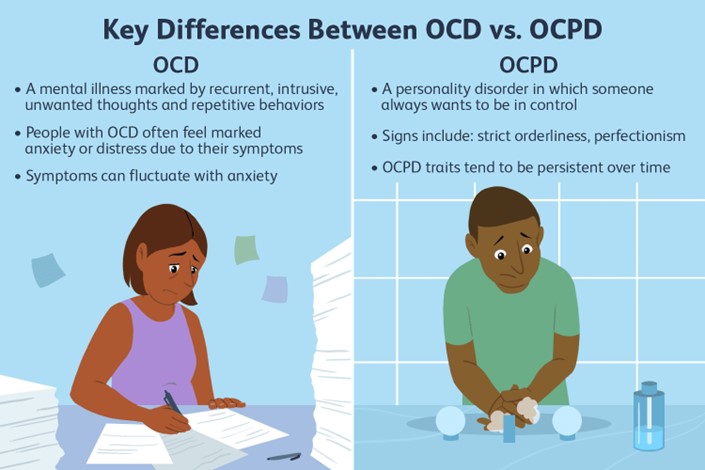A client reports feeling numbness and tingling in the extremities. Which of the client's serum laboratory values should the practical nurse (PN) review before reporting the finding?
White blood cell count (WBC).
Hematocrit
Albumin and protein.
Electrolytes
None
None
The Correct Answer is D
The correct answer is D. Electrolytes.
Choice A rationale: The white blood cell count (WBC) is typically reviewed for signs of infection or inflammation, but it is not directly related to numbness and tingling.
Choice B rationale: Hematocrit levels assess the proportion of red blood cells in the blood, which are not commonly associated with numbness and tingling.
Choice C rationale: Albumin and protein levels are important for nutritional status and overall health but are not directly associated with numbness and tingling.
Choice D rationale: Electrolytes are crucial for nerve function and muscle contractions. Abnormal levels of electrolytes (such as calcium, potassium, or sodium) can lead to symptoms like numbness and tingling in the extremities.
Nursing Test Bank
Naxlex Comprehensive Predictor Exams
Related Questions
Correct Answer is C
Explanation
The correct answer is C. Oriented to person only.
Choice A rationale:
A blood pressure of 144/84 mmHg is slightly elevated but not critically high. While it is important to monitor, it does not immediately impact the instructions for morning care.
Choice B rationale:
An oxygen saturation measurement of 95 to 96% is within the normal range and indicates adequate oxygenation. This is important to monitor but does not require specific changes to morning care instructions.
Choice C rationale:
Being oriented to person only indicates a significant alteration in the client’s cognitive status, which is crucial for the UAP to be aware of. This affects the client’s ability to understand and follow instructions, and may require additional supervision and safety measures during care.
Choice D rationale:
A urinary output of 50 mL/hour is within the normal range (typically 30-50 mL/hour is considered adequate). While it is important to monitor, it does not necessitate immediate changes to morning care instructions.
: 1
Correct Answer is C
Explanation
This is the most important information for the PN to ask because it assesses the client's risk for self-harm and suicidal ideation. The client's statements indicate hopelessness, low self-esteem, and impaired functioning, which are potential warning signs of suicide. The PN should ask the client directly about any thoughts or plans of harming themselves and provide support and safety measures as needed.

A. Questioning about which rituals are most often used to reduce anxiety is not a priority and may reinforce the client's compulsive behavior.
B. Asking if the obsessions and compulsions interfere with sleep is not a priority and may not address the client's emotional distress.
D. Determining what makes the client think people are laughing is not a priority and may not be helpful for the client's perception of reality.
Whether you are a student looking to ace your exams or a practicing nurse seeking to enhance your expertise , our nursing education contents will empower you with the confidence and competence to make a difference in the lives of patients and become a respected leader in the healthcare field.
Visit Naxlex, invest in your future and unlock endless possibilities with our unparalleled nursing education contents today
Report Wrong Answer on the Current Question
Do you disagree with the answer? If yes, what is your expected answer? Explain.
Kindly be descriptive with the issue you are facing.
